Fearing the Gym after Injury or Illness
One of the activities my wife and I used to really enjoy doing together was going to the gym. We had a personal trainer named Eric. Eric was funny, knowledgeable and understood how to maximize the workout for both me and my wife. Having a personal trainer that understood both our individual needs kept us motivated to workout. Eventually we moved and got a gym membership. However, we did not sign up with a personal trainer and the gym experience was no longer that unified activity we enjoyed together like we did when we worked out with Eric.
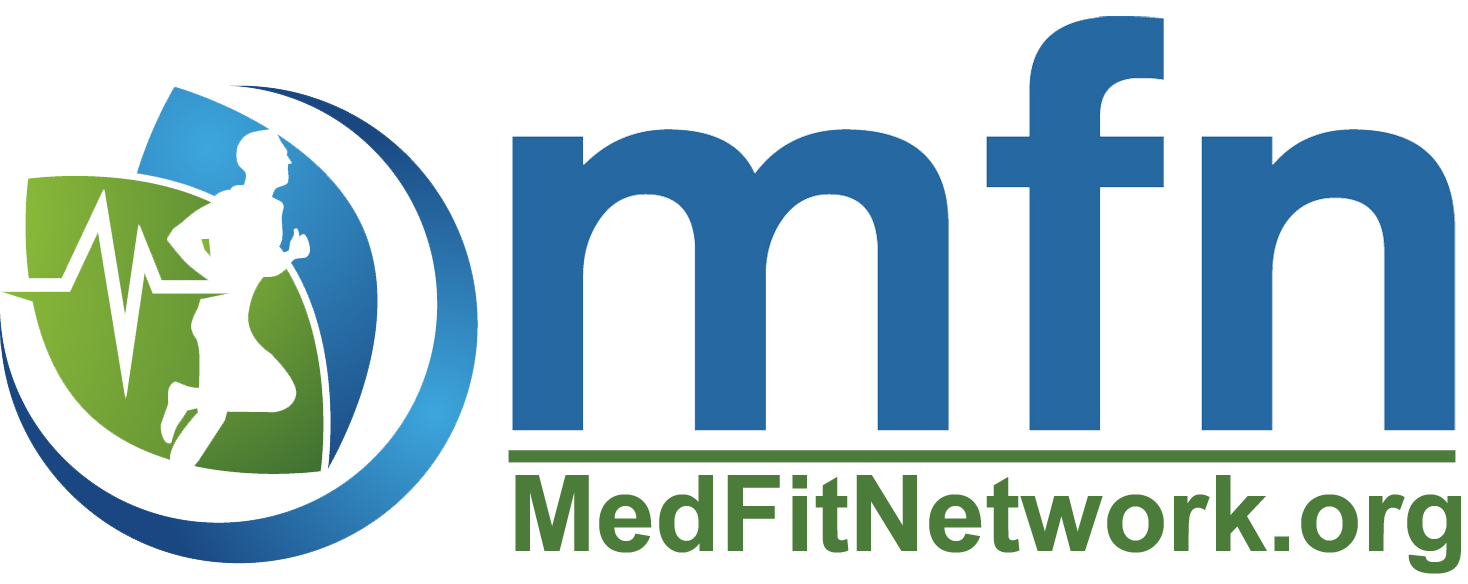
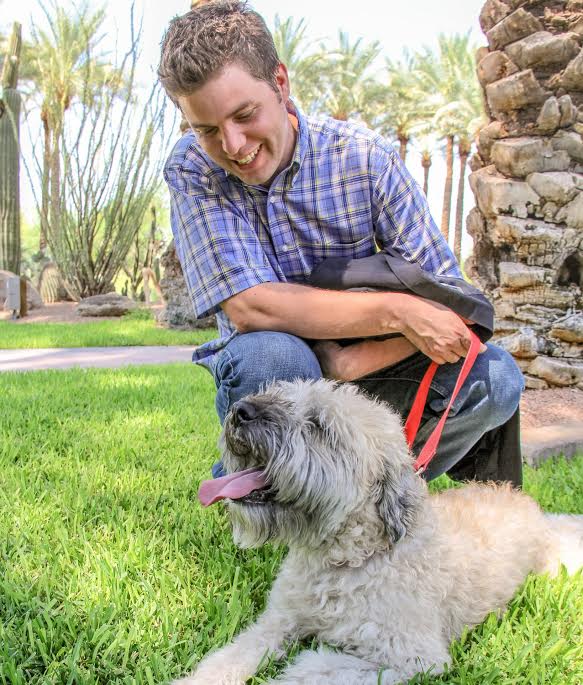


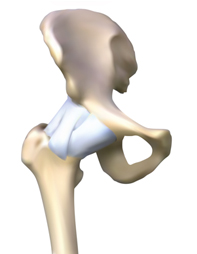
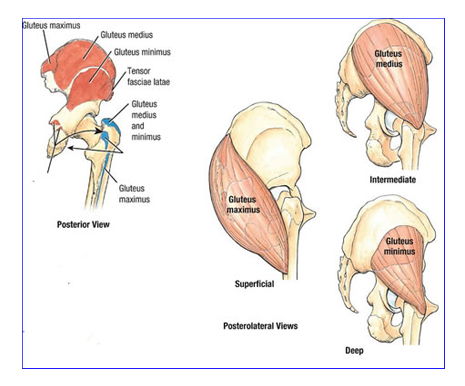
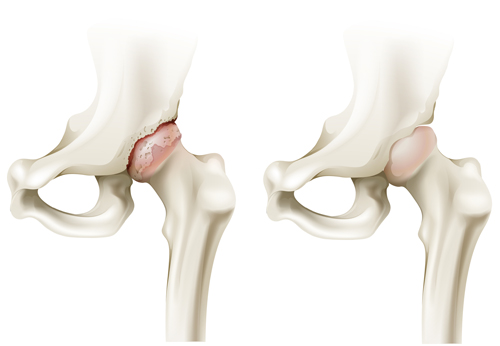
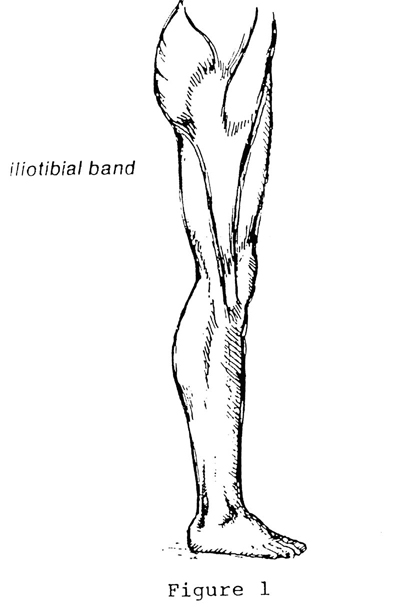
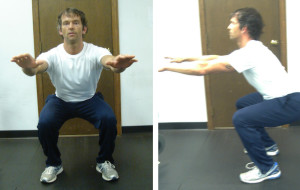
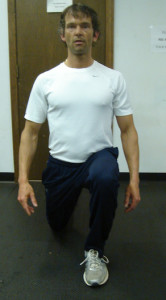
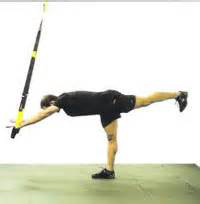
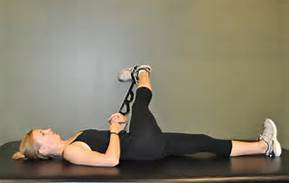
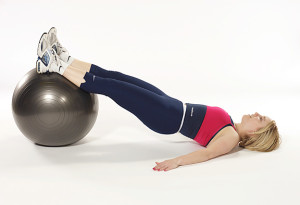
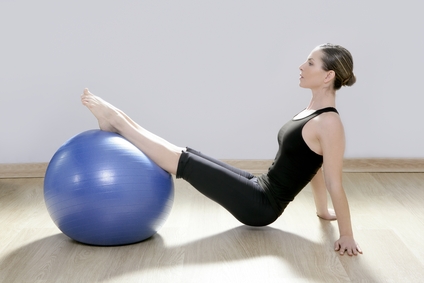
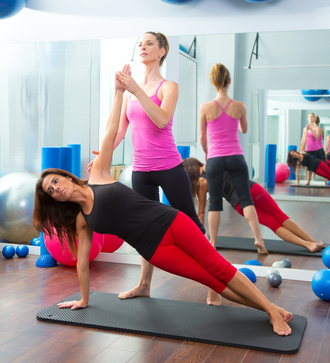
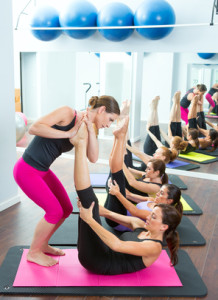 The first study on the benefits of Pilates for breast cancer survivors was completed by physical therapists in 2008 [1]. It was a pilot study with only four participants, so the conclusions we can draw from this study are limited. However, they found that Pilates increased the flexibility of the affected arm after a twelve-week program, with participants exercising three times a week.
The first study on the benefits of Pilates for breast cancer survivors was completed by physical therapists in 2008 [1]. It was a pilot study with only four participants, so the conclusions we can draw from this study are limited. However, they found that Pilates increased the flexibility of the affected arm after a twelve-week program, with participants exercising three times a week.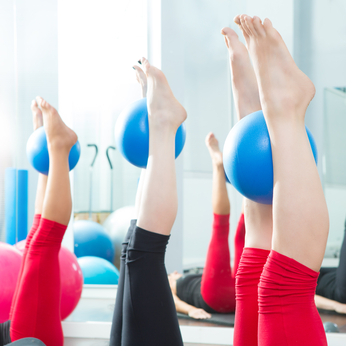
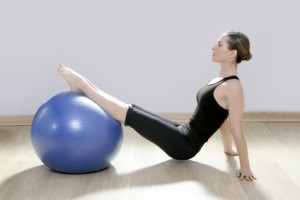 If you’ve never done Pilates before, this may sound like a lot to think about. If possible, we recommend working with someone who is trained in Pilates first to get you on the right track.
If you’ve never done Pilates before, this may sound like a lot to think about. If possible, we recommend working with someone who is trained in Pilates first to get you on the right track.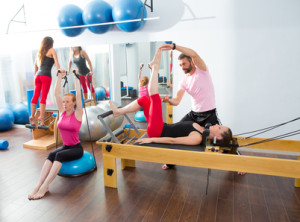 Balanced Muscle Development: Everything that is done on one side of the body must also be done on the other side. For example, if you do an exercise with your right arm, you must also do it with your left.
Balanced Muscle Development: Everything that is done on one side of the body must also be done on the other side. For example, if you do an exercise with your right arm, you must also do it with your left.

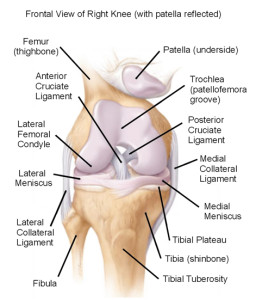
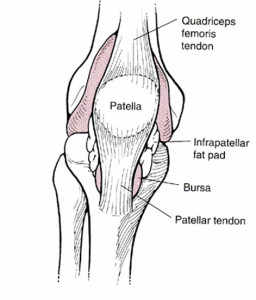
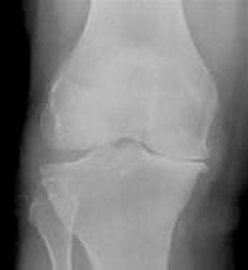
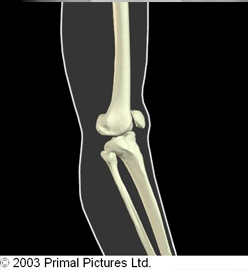
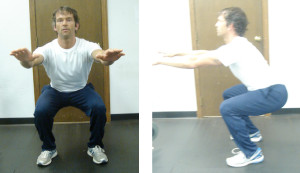
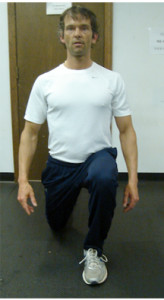
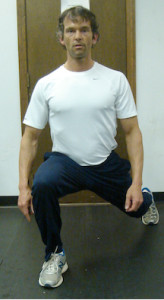
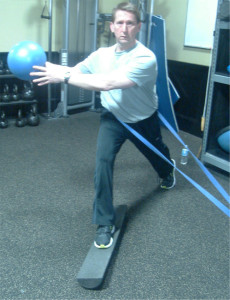
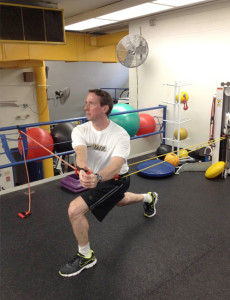
 Chris is the CEO of Pinnacle Training & Consulting Systems (PTCS). A continuing education company, that provides educational material in the forms of home study courses, live seminars, DVDs, webinars, articles and min books teaching in-depth, the foundation science, functional assessments and practical application behind Human Movement, that is evidenced based. Chris is both a dynamic physical therapist with 14 years experience, and a personal trainer with 17 years experience, with advanced training, has created over 10 courses, is an experienced international fitness presenter, writes for various websites and international publications, consults and teaches seminars on human movement. For more information, please visit
Chris is the CEO of Pinnacle Training & Consulting Systems (PTCS). A continuing education company, that provides educational material in the forms of home study courses, live seminars, DVDs, webinars, articles and min books teaching in-depth, the foundation science, functional assessments and practical application behind Human Movement, that is evidenced based. Chris is both a dynamic physical therapist with 14 years experience, and a personal trainer with 17 years experience, with advanced training, has created over 10 courses, is an experienced international fitness presenter, writes for various websites and international publications, consults and teaches seminars on human movement. For more information, please visit  In general, research has suggested when people overeat, about 85% of the excess calories get stored as fat and the rest gets lost as heat. Overfed fat cells grow in size and in number and provide a storehouse of energy. Obese people commonly have enough fat stores to last a year or more; even lean athletes have enough fat stores to fuel a month or more. Fat can be advantageous during a time of severe illness or a famine.
In general, research has suggested when people overeat, about 85% of the excess calories get stored as fat and the rest gets lost as heat. Overfed fat cells grow in size and in number and provide a storehouse of energy. Obese people commonly have enough fat stores to last a year or more; even lean athletes have enough fat stores to fuel a month or more. Fat can be advantageous during a time of severe illness or a famine. Purposeful exercise: This is what you burn during your workouts. This can vary considerably from day to day.
Purposeful exercise: This is what you burn during your workouts. This can vary considerably from day to day. Here is the fate of the 1,000 excess calories the subjects ate:
Here is the fate of the 1,000 excess calories the subjects ate: Boston-area sports nutritionist Nancy Clark, MS, RD offers one-on-one consults with both casual and competitive athletes. Her private practice is in Newton, MA (617-795-1875). For information about her Sports Nutrition Guidebook (2014) and food guides for runners, cyclists and soccer players, see
Boston-area sports nutritionist Nancy Clark, MS, RD offers one-on-one consults with both casual and competitive athletes. Her private practice is in Newton, MA (617-795-1875). For information about her Sports Nutrition Guidebook (2014) and food guides for runners, cyclists and soccer players, see